Reviewed by Julianne Ngirngir
Google's Pixel Tablet launched with a curious puzzle: full USI 2.0 stylus support but no first-party pen in sight. Turns out, there's a fascinating story behind that omission. The company was deep into developing an official stylus—complete with Find My Device integration and a quick-launch note button—but scrapped the entire project when the Pixel Tablet 2 got cancelled. What we're left with is a glimpse into what could have been Google's most complete tablet ecosystem yet.
WHAT YOU NEED TO KNOW:
Google's cancelled stylus featured Find My Device tracking and instant note-taking
The pen would have charged magnetically via a keyboard accessory
Handwriting-to-text conversion was built for system-wide productivity
Current USI 2.0 options work well but lack Google's planned ecosystem integration
During my analysis of the leaked materials and testing of current USI alternatives, it's clear Google was building something that would have fundamentally changed how we think about Android tablet productivity.
What Google's "Bushukan" pen would have delivered
The officially dubbed "Pen for Google Pixel Tablet" carried the intriguing codename "bushukan" (or "B80") and model number GM0KF. Google planned to release it in white and gray colorways—likely branded as "porcelain" and "hazel" to match the tablet's existing aesthetic.
Beyond basic drawing capabilities, this wasn't just another stylus trying to compete on pressure sensitivity alone. The pen would have featured replaceable tips and a strategic button for instantly launching note-taking apps—addressing the common frustration where inspiration strikes but you lose the thought while navigating to your notes app.
Here's where Google's engineering thinking gets interesting: since the Pixel Tablet lacks a built-in stylus dock, Google designed the pen to magnetically attach to a keyboard accessory they were simultaneously developing. This wasn't just mimicking Microsoft's Surface approach—it was Google building toward a complete productivity ecosystem that would have made the Pixel Tablet a legitimate laptop alternative.
The productivity revolution that almost happened
The real standout wasn't just about drawing or navigation—it was Google reimagining how stylus input could work across Android. Google's internal videos showed off handwriting-to-text conversion that would work across any text field on the tablet, not just dedicated note apps.
This capability would have transformed workflows in ways that third-party USI pens simply can't replicate. Combined with Android 14's new system-level note-taking features, the vision was seamless: press the pen's button to launch Google Keep in a floating window, handwrite thoughts naturally, and have them automatically converted to searchable text—all while staying in your current app.
The integration went deeper than basic text conversion. The pen was designed to work with Android's content capture API, enabling users to grab screenshots of whatever was on screen and annotate them directly within the note. Unlike Samsung's S Pen ecosystem, which requires specific Samsung apps for many features, Google's approach would have worked system-wide across any Android application.
This represents a fundamental difference in philosophy: where Samsung builds a stylus ecosystem within their software skin, Google was building stylus intelligence into Android itself.
Find My Device: The feature that separates first-party from everything else
Perhaps the most practical innovation Google planned was Find My Device support for the stylus. Having tested multiple USI 2.0 styluses over the past months, this missing feature becomes glaringly obvious once you've misplaced a $60+ pen for the third time.
Unlike current third-party USI 2.0 options, Google's pen would have been trackable through the same system you use to locate lost Pixel phones or earbuds. The pen was reportedly far along in development and even began certification processes at regulatory bodies worldwide before the Pixel Tablet 2 cancellation killed the project.
This integration would have solved one of the biggest pain points with premium styluses: the anxiety of losing an expensive accessory that has no way to announce its location. It's exactly the kind of thoughtful ecosystem building that makes first-party accessories worth the premium over generic alternatives.
Where this leaves current Pixel Tablet owners
The reality today: The Pixel Tablet still supports any USI 2.0 stylus right out of the box, with no pairing required. During my testing, options like the Penoval USI 2.0 (around $60) and HP Rechargeable USI Pen deliver solid functionality for drawing, note-taking, and navigation.
The gap becomes apparent in daily workflow scenarios. Third-party options lack the ecosystem integration Google was building: no Find My Device tracking when your stylus disappears into couch cushions, no optimized button shortcuts that understand Android's note-taking architecture, and no seamless charging solution that keeps the pen always ready.
With Gboard's stylus handwriting now rolling out and Android 14's enhanced stylus features becoming widely available, we're seeing pieces of Google's original vision surface. The handwriting-to-text conversion works surprisingly well across apps, and the system-level note shortcuts provide glimpses of what the complete experience might have delivered.
PRO TIP: Enable Android 14's note-taking features by going to Settings > Apps > Default apps and setting Google Keep as your default notes app. Then activate the lock screen shortcut for quick access.
The Pixel Tablet remains capable for creative and productivity work, especially at its $499 starting price. But Google's cancelled stylus serves as a reminder of how close we came to seeing Android tablets compete directly with iPad Pro workflows. Sometimes the most fascinating tech stories are about the innovations that almost shipped—and what they reveal about the roads not taken.




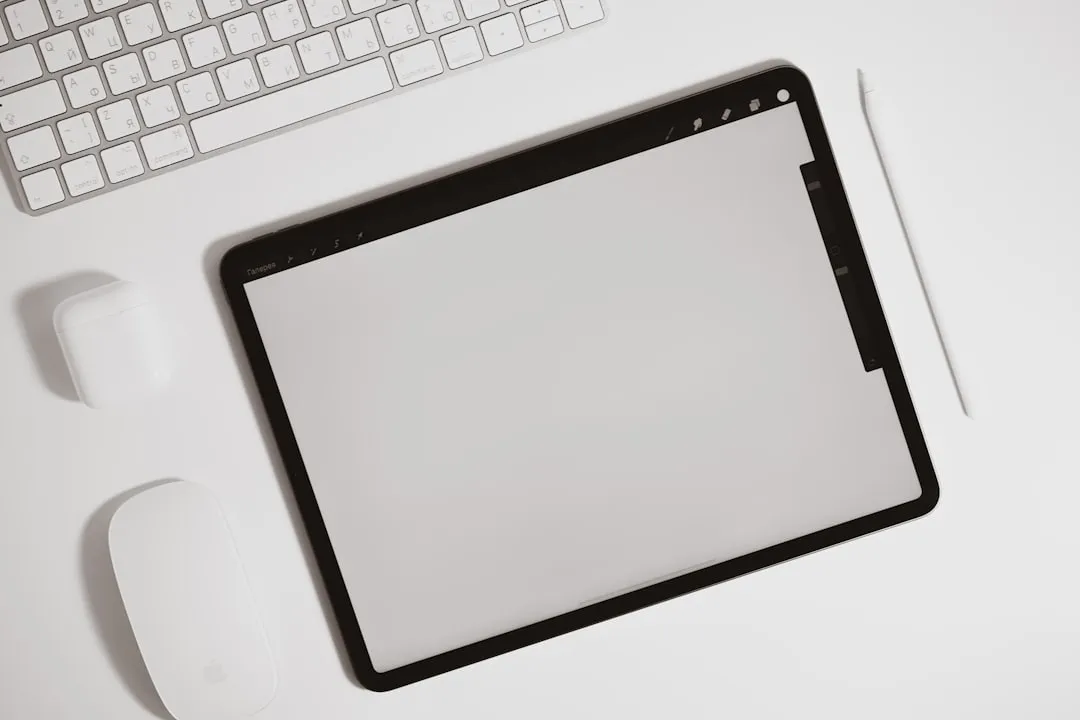

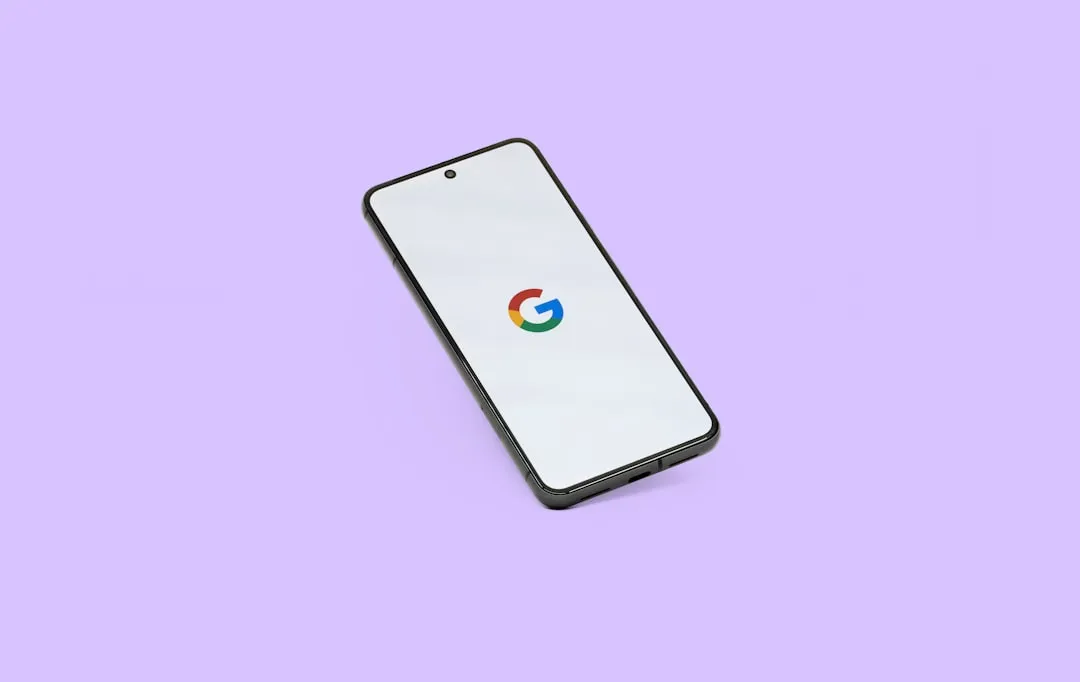

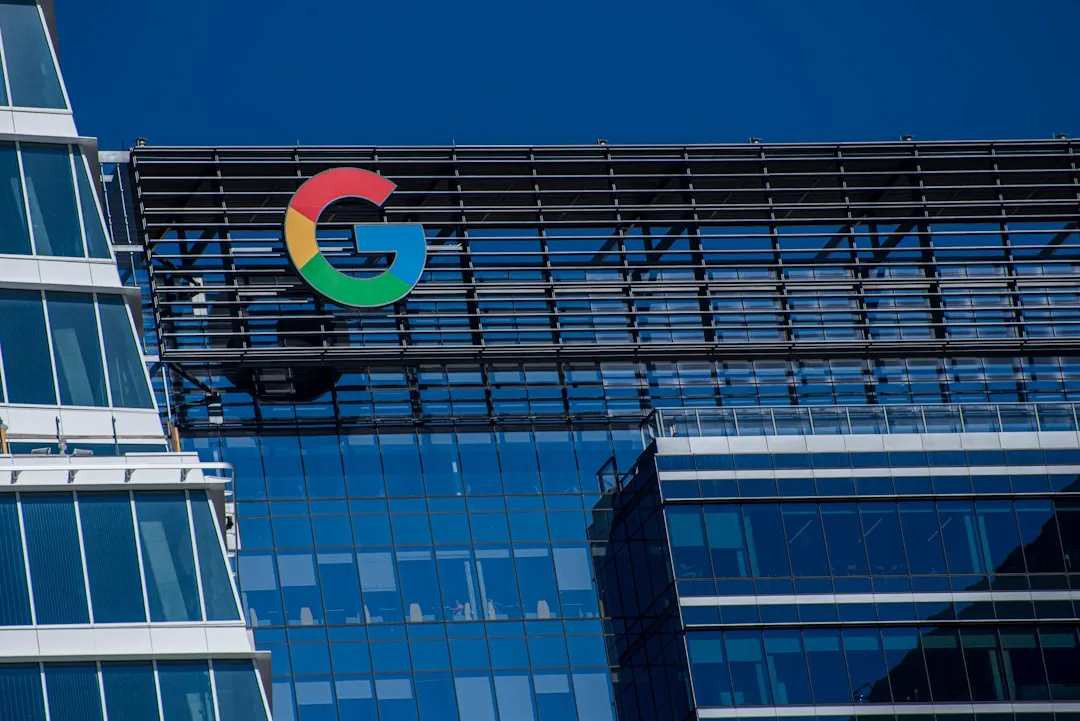
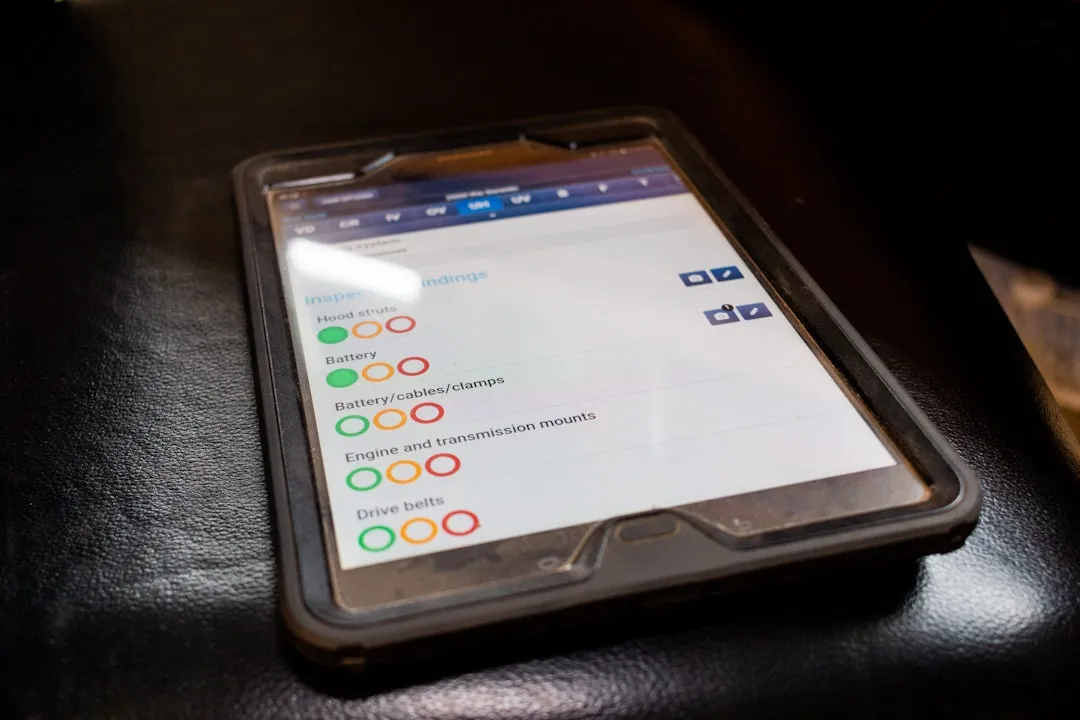


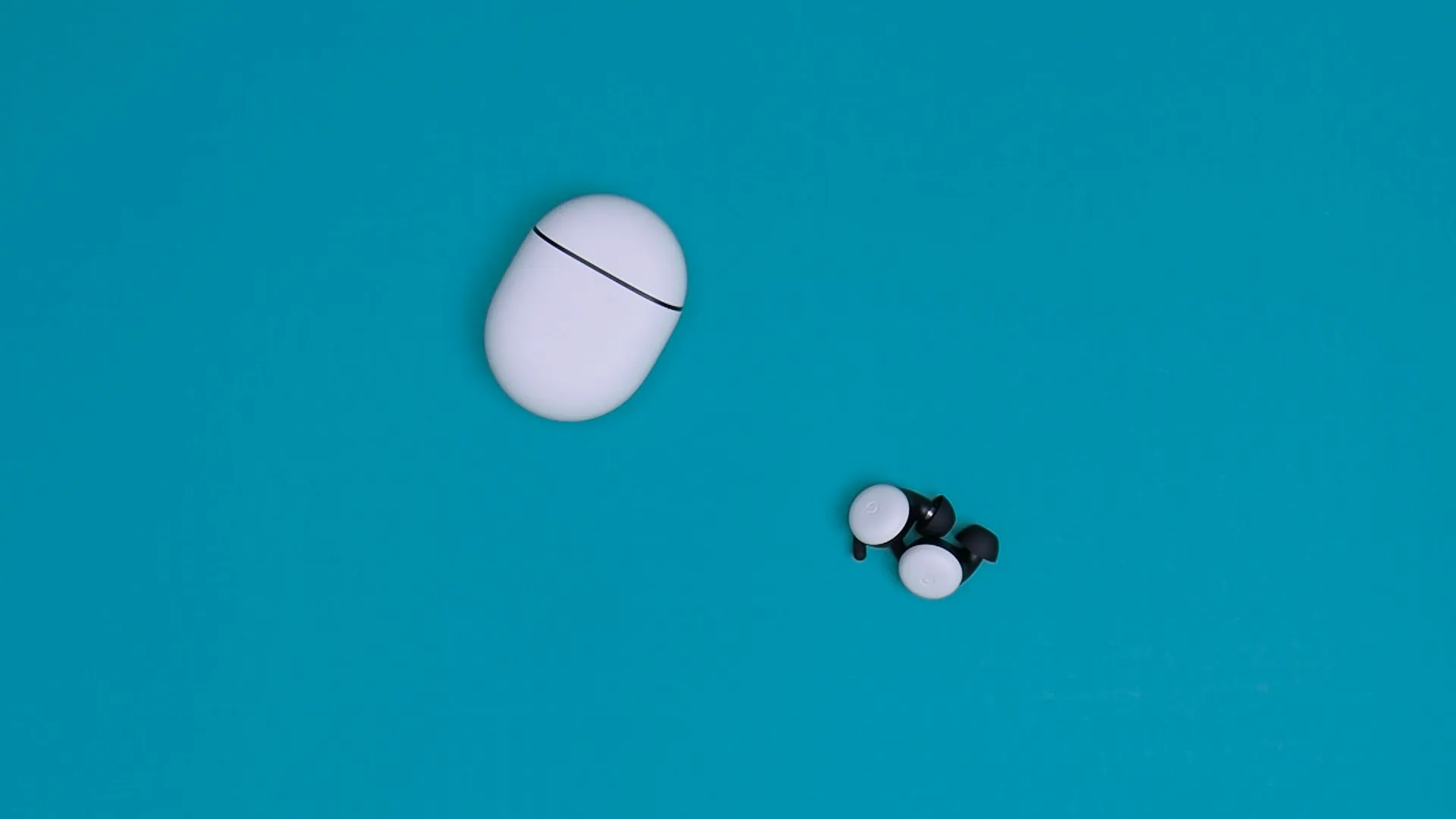




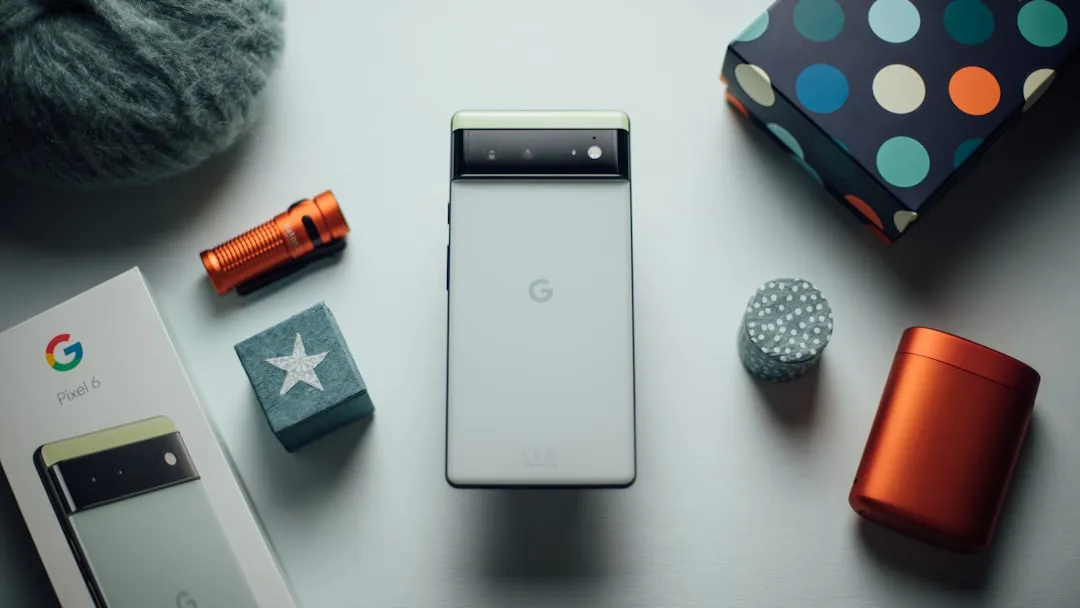
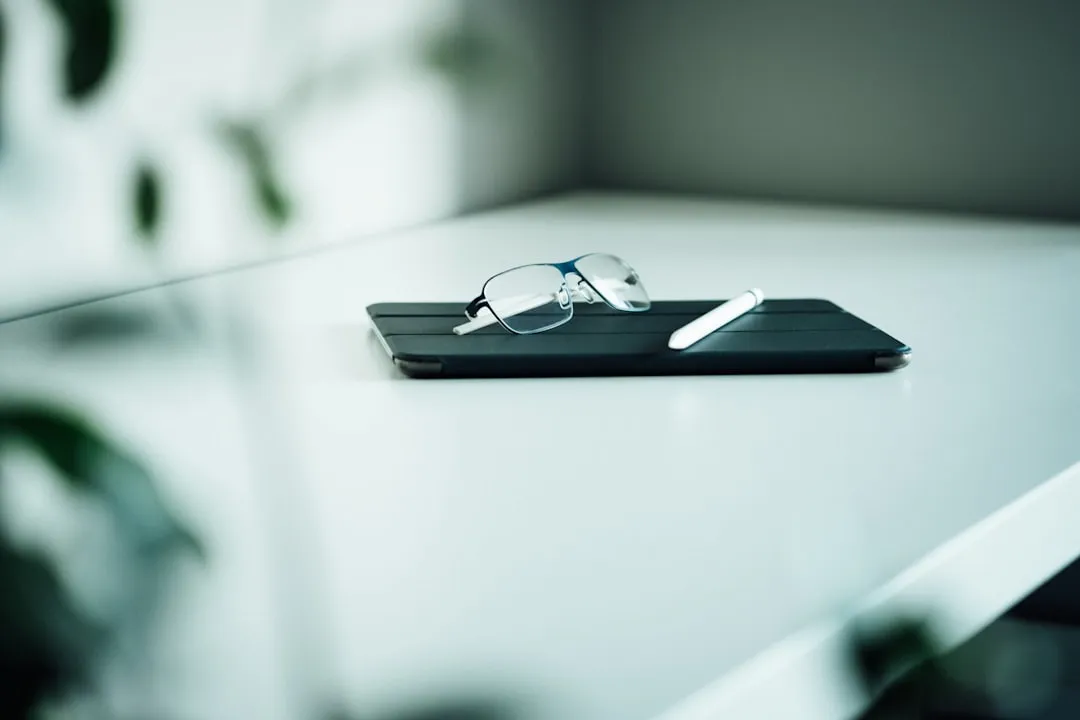
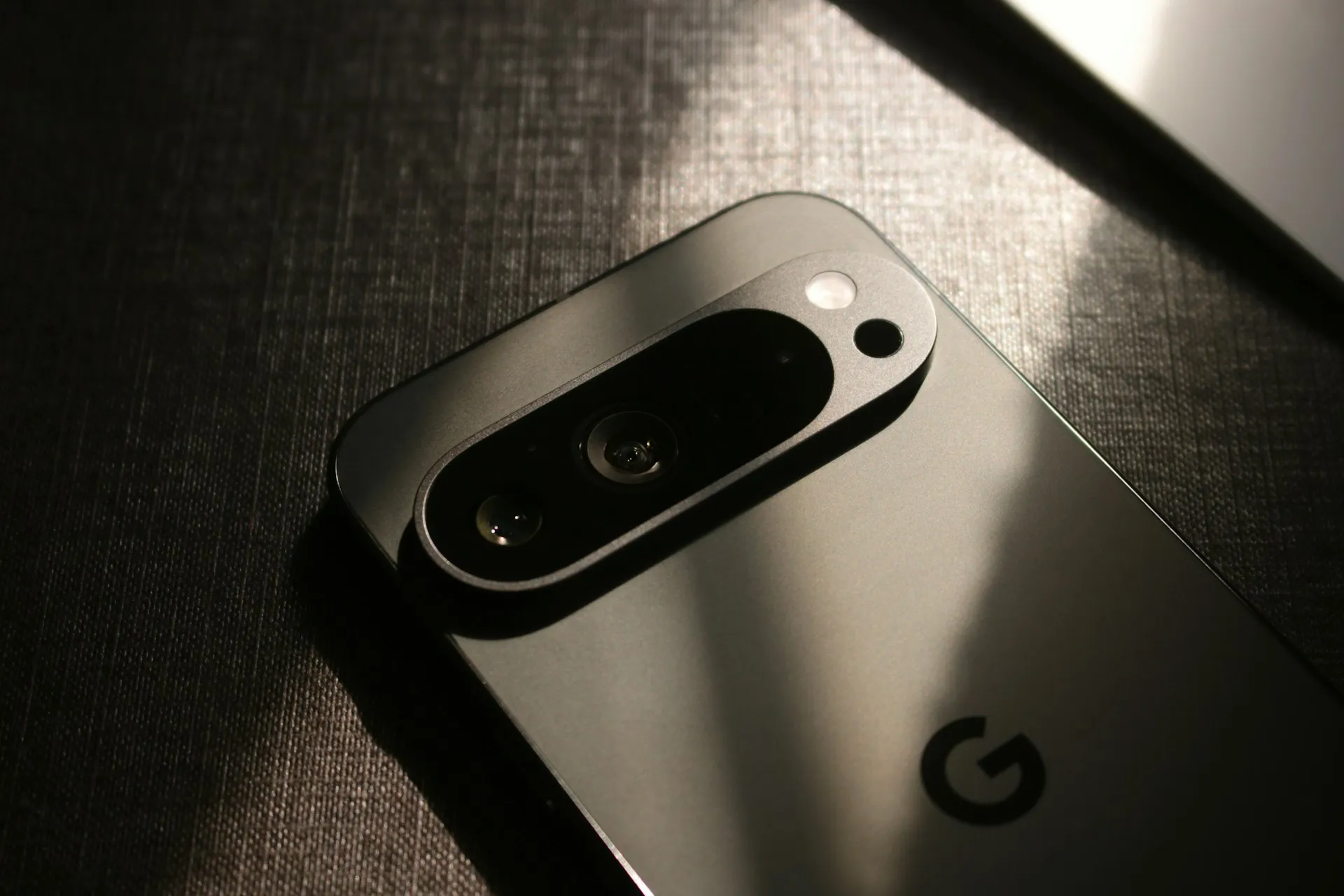
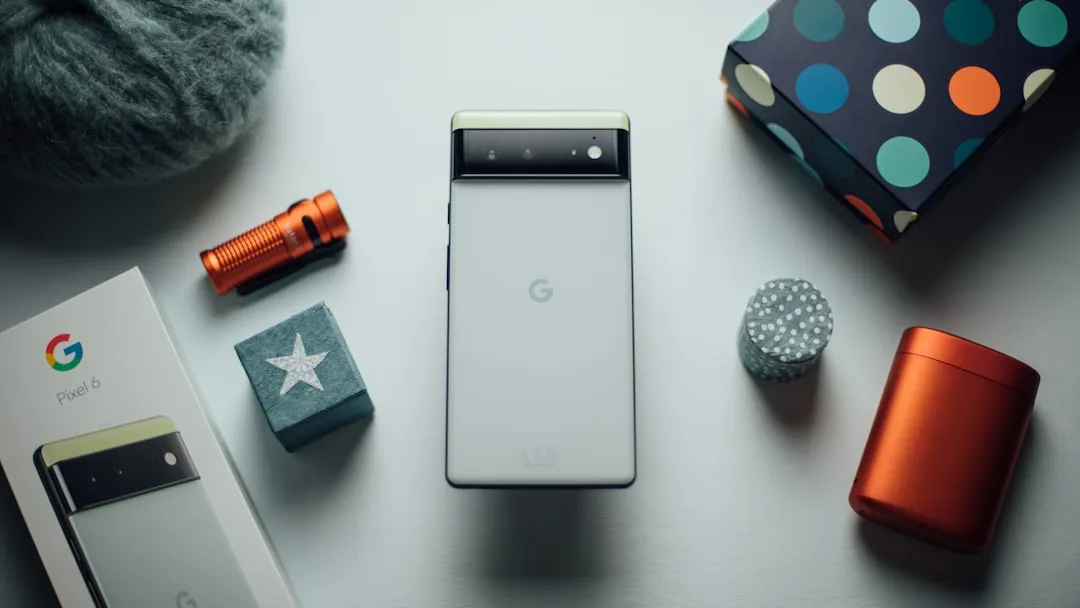
Comments
Be the first, drop a comment!